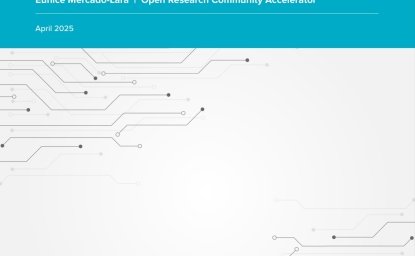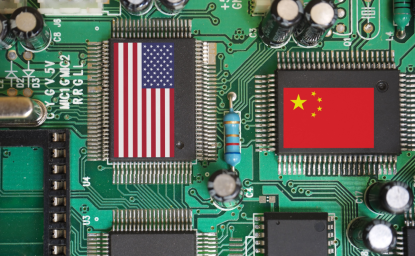Cell phones and other mobile technologies enable a world where people can participate in sensing and analyzing aspects of their lives that were previously invisible. "Participatory Sensing" allows individuals to identify, measure, and address problems as diverse as air pollution or the damage to fragile ecosystems using mobile phones with basic sensing and communication systems like cameras, global positioning systems (GPS), and text messaging.
A new paper, "Participatory Sensing: A Citizen-powered Approach to Illuminating the Patterns That Shape our World," commissioned by the Foresight & Governance Project at the Woodrow Wilson International Center for Scholars, outlines how existing technologies in today's mobile phones and web services enable new approaches to citizen science. The paper presents scenarios for how these techniques might improve environmental protection and personal healthcare. The fact that millions of people already have mobile phones makes this data-gathering platform powerful and widely accessible. "Participatory Sensing" was prepared by scientists and engineers at the Center for Embedded Networked Sensing (CENS) at the University of California, Los Angeles.
"The mobile infrastructure has already transformed communication and commerce," said CENS Director Deborah Estrin. "We envision a paradigm that uses the same technologies to empower individuals and groups to learn about themselves and shape the world around them in unprecedented ways."
Uses for Participatory Sensing can include:
• reflecting on individual travel patterns,
• collecting data on the impacts of climate change on local plant life,
• sensing of pollution sources by community and grassroots groups,
• mapping optimal routes for bicycle commuters, and,
• using mobile phones to improve eldercare.
Central to the concept is that individuals decide what data to collect and the extent to which it is aggregated and shared. The hardware and software are specifically designed for users to have this control.
"New communications technologies can build a bridge between scientists, the public, and the public sector," said David Rejeski, director of the Foresight & Governance Project. "Participatory Sensing puts the extraordinary power of mass data collection into the hands of citizens in ways that can help both inform and engage the public and improve the environment."
The report was made possible by support from the EPA's Office of Research and Development.
The Center for Embedded Networked Sensing is a major research enterprise that develops wireless sensing systems and applies this revolutionary technology to critical scientific and societal applications. The Center's distributed systems, composed of stationary and robotic smart sensors, reveal otherwise unobservable phenomena and provide new insights into the physical world. With major funding from the National Science Foundation, CENS is housed in the UCLA Henry Samueli School of Engineering and Applied Science.




